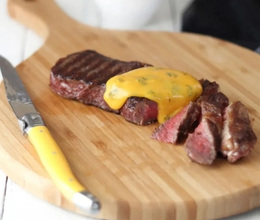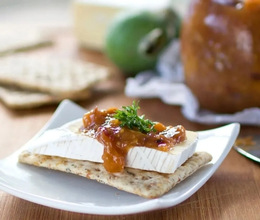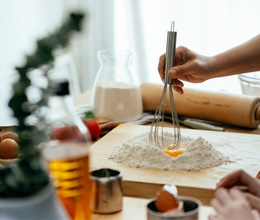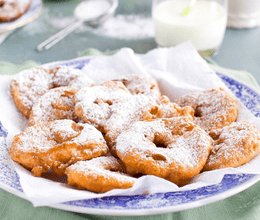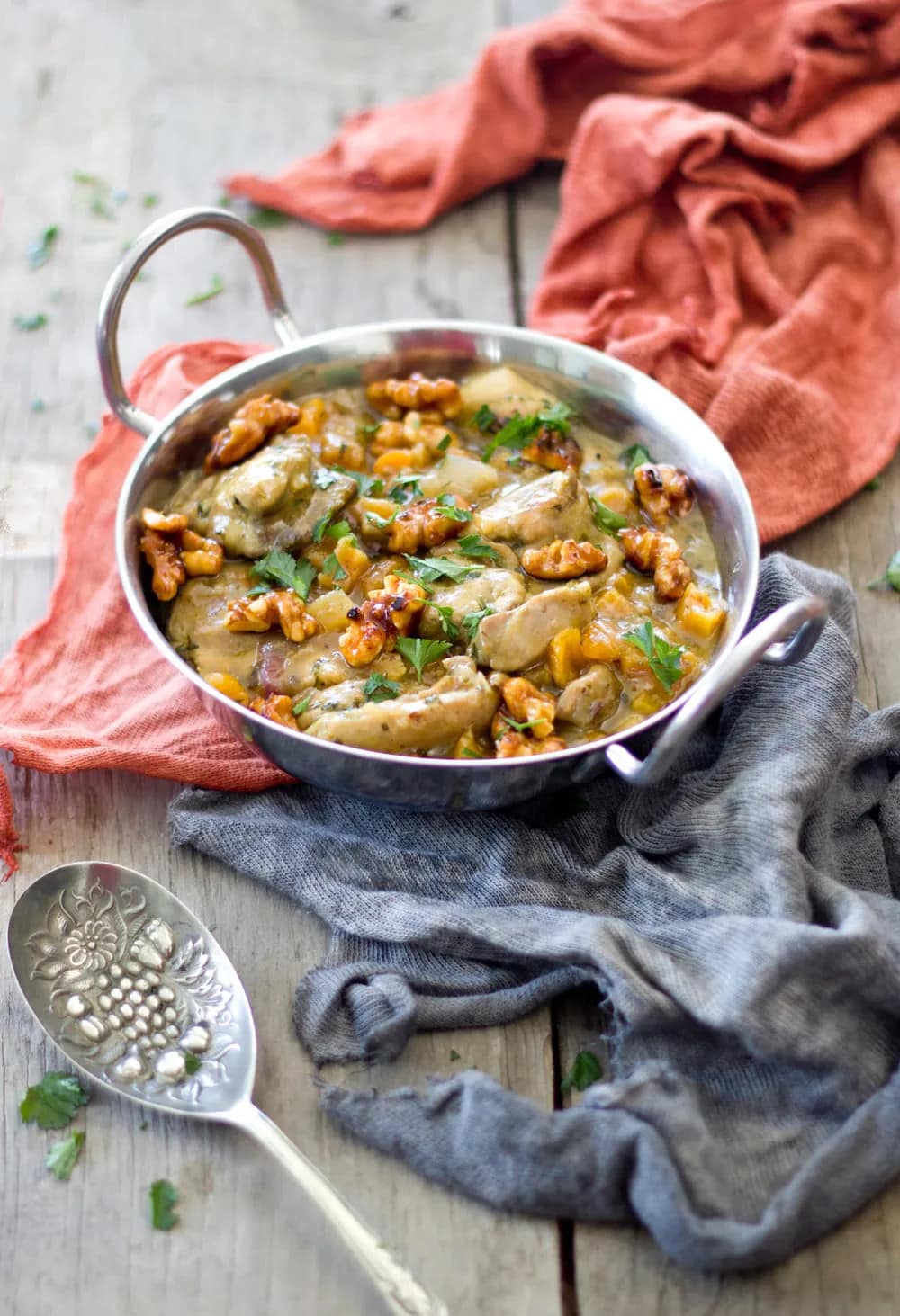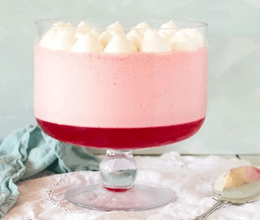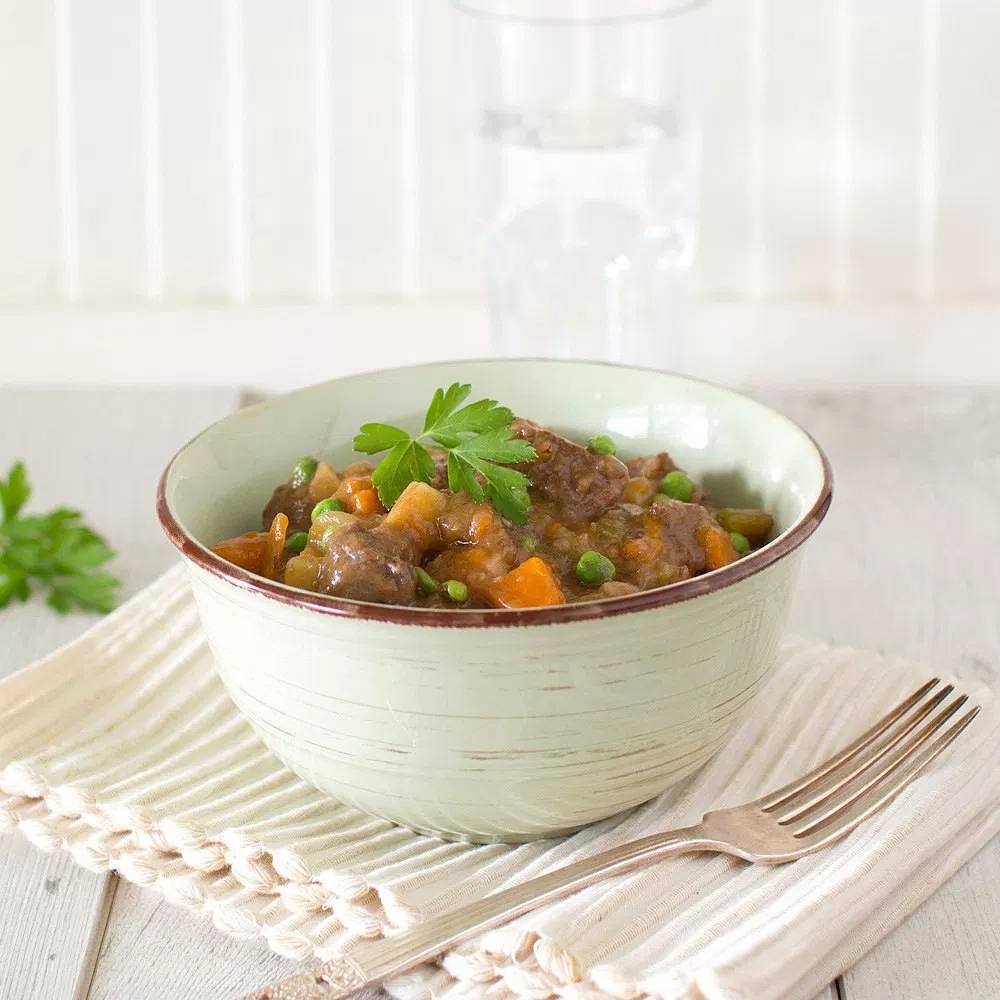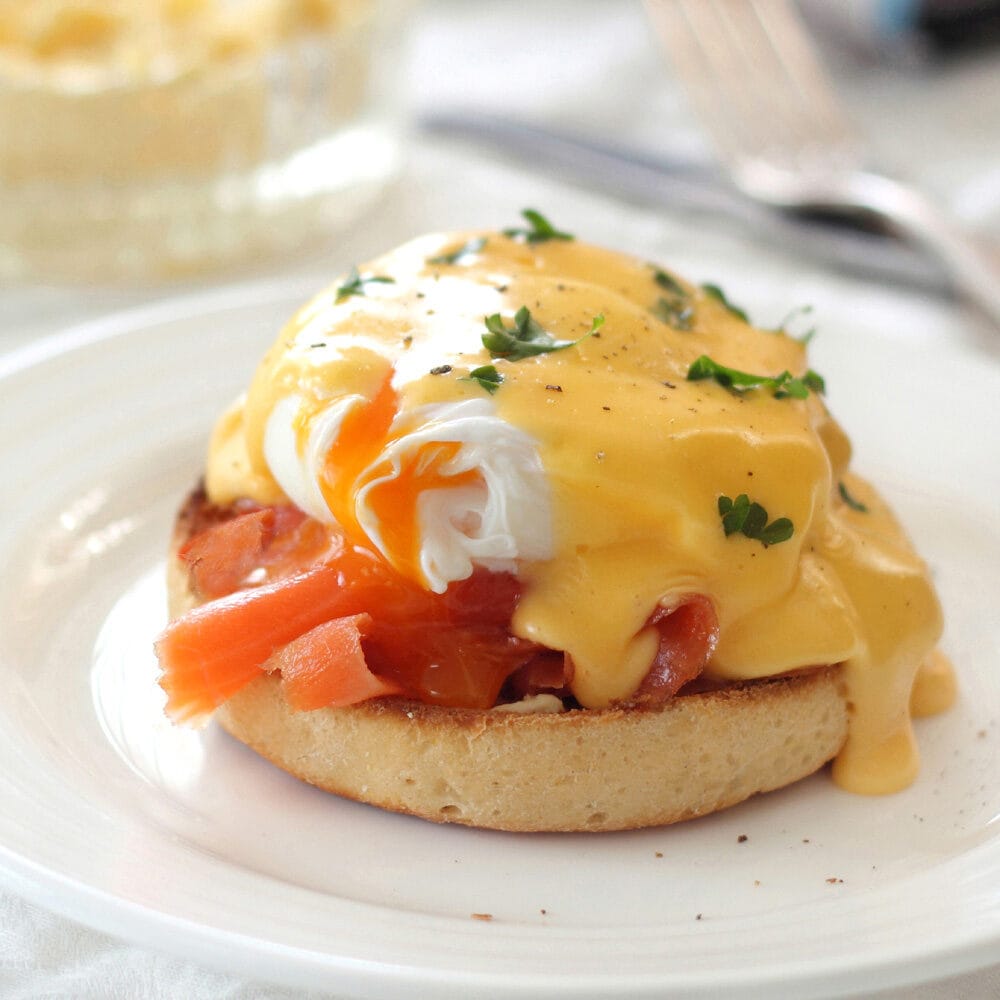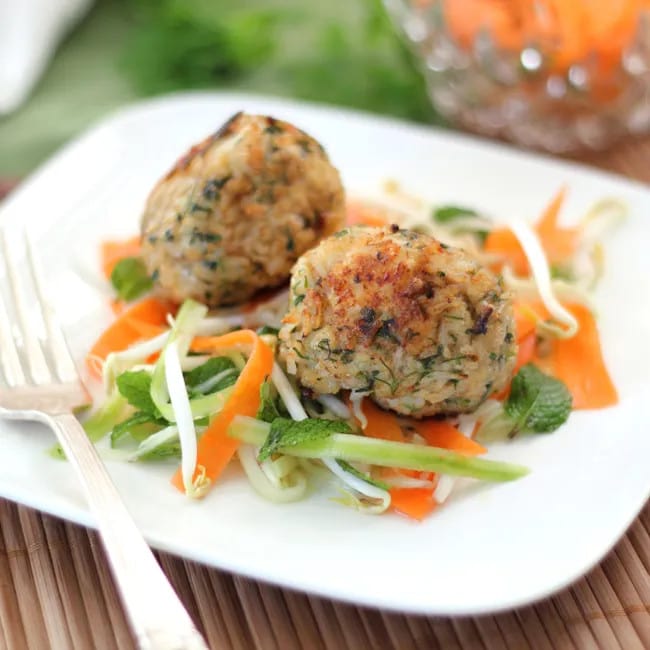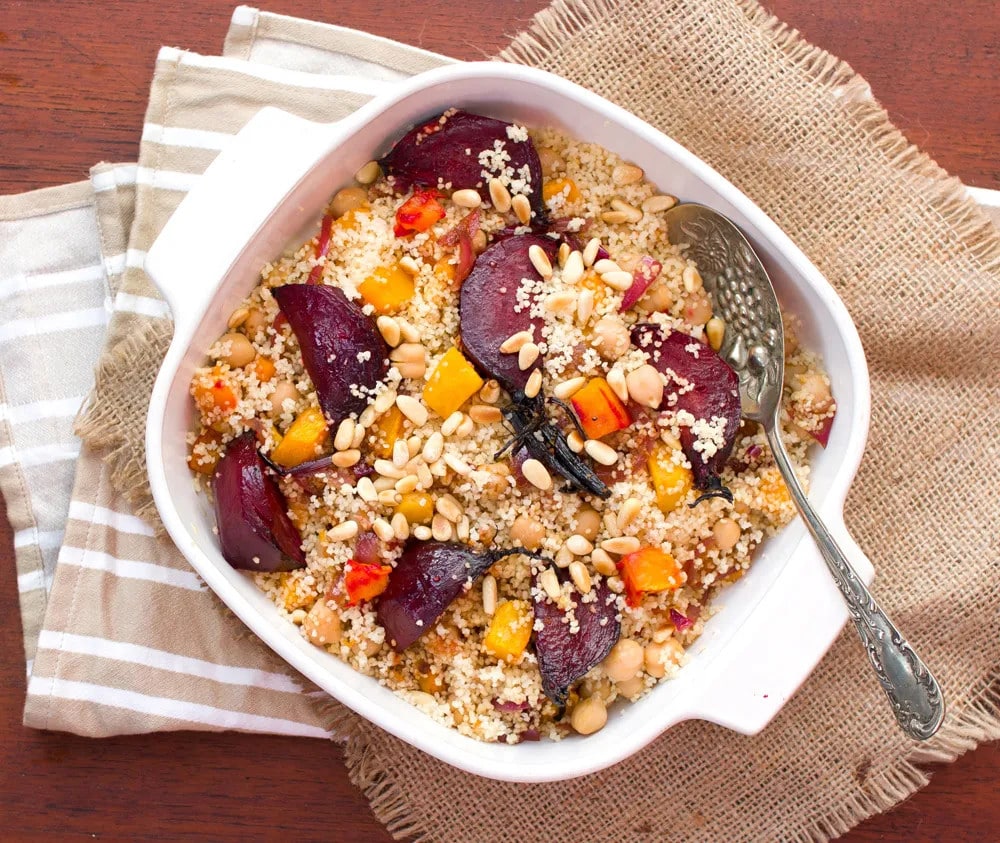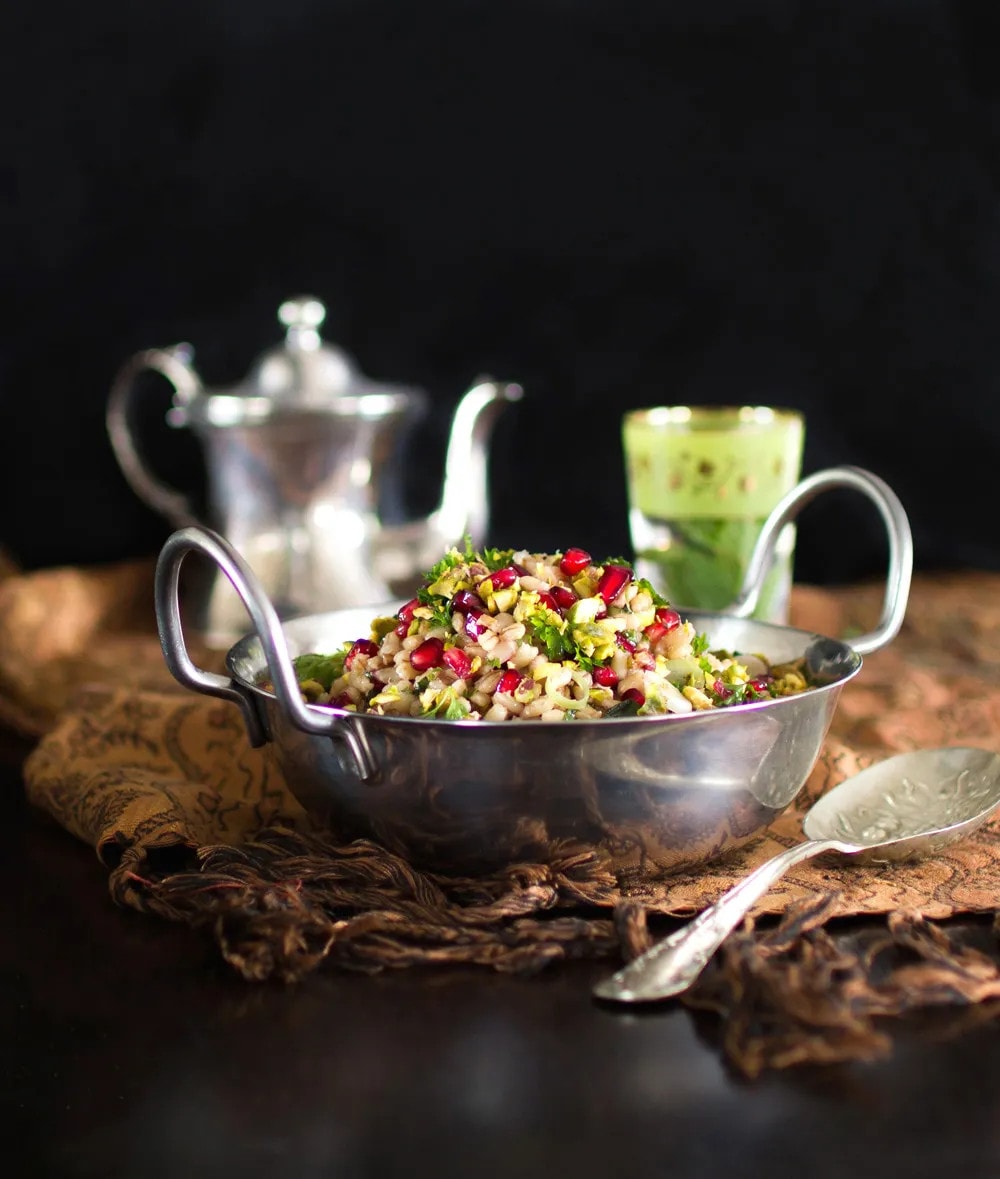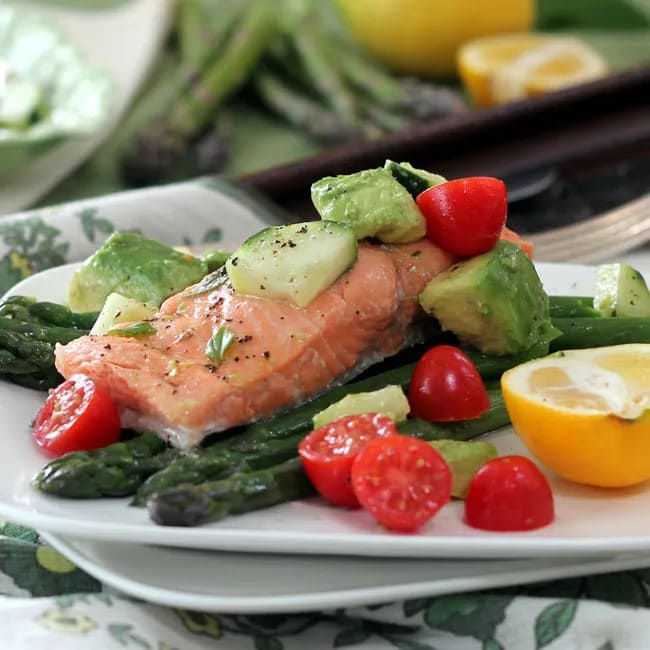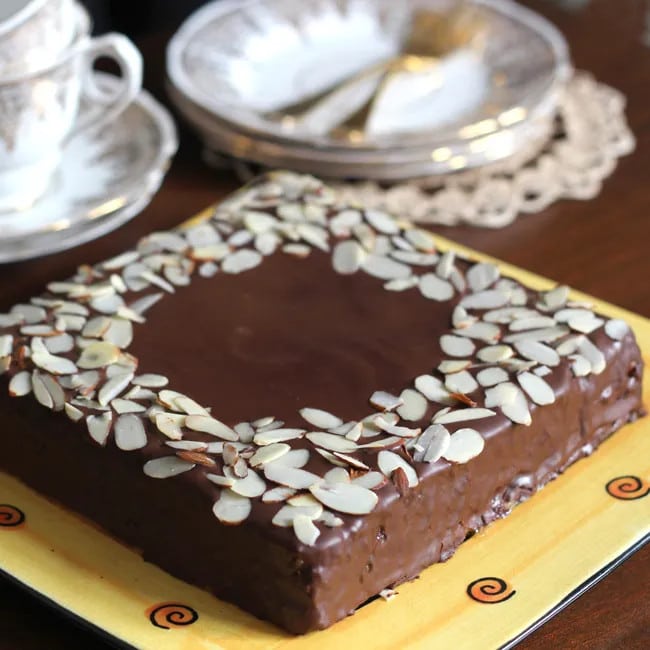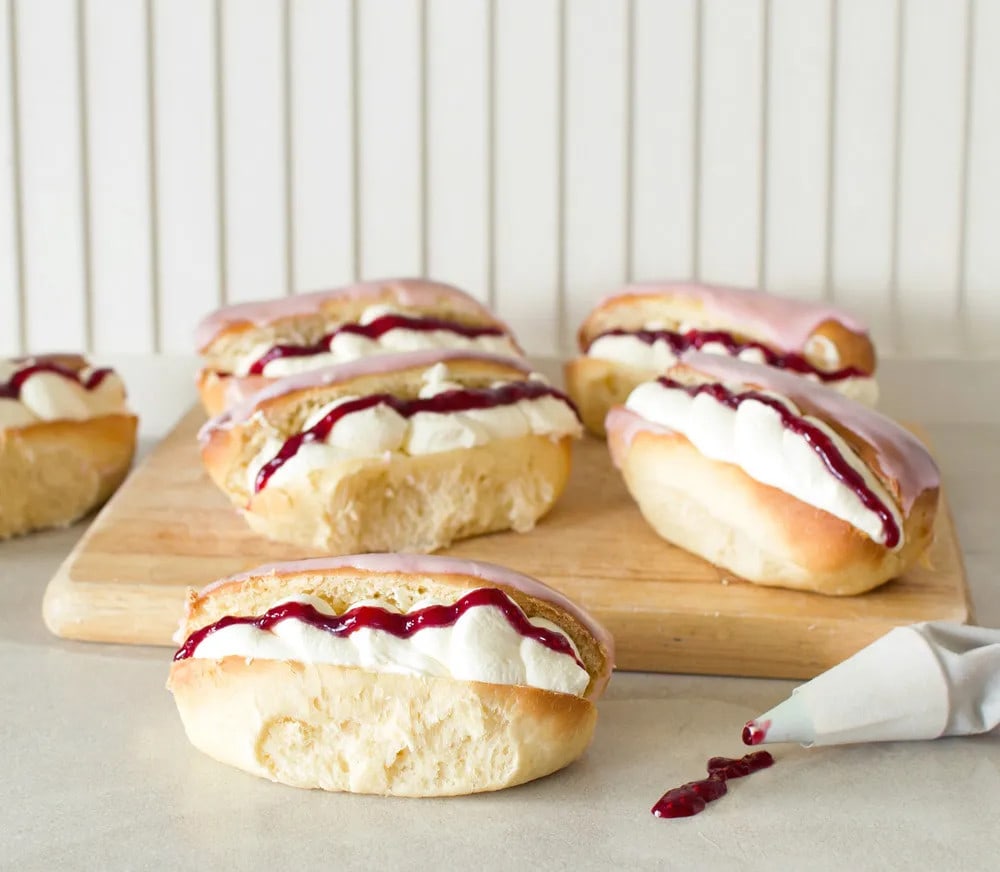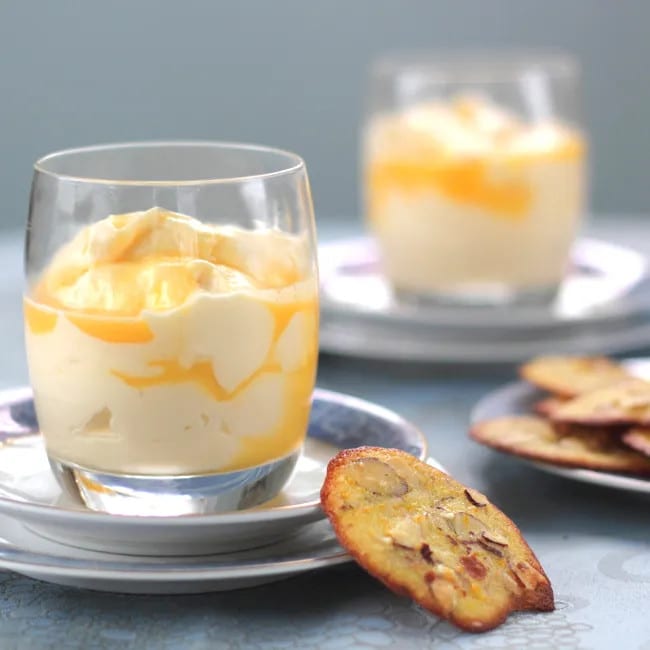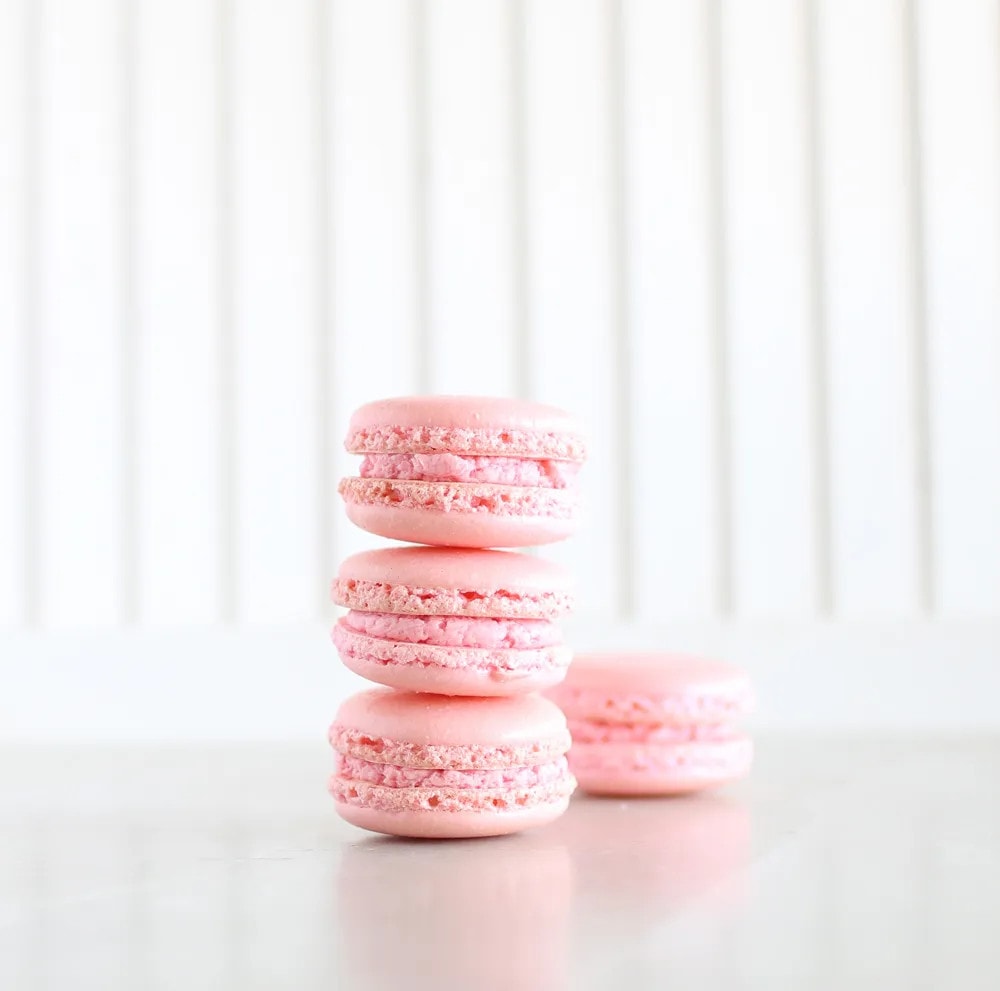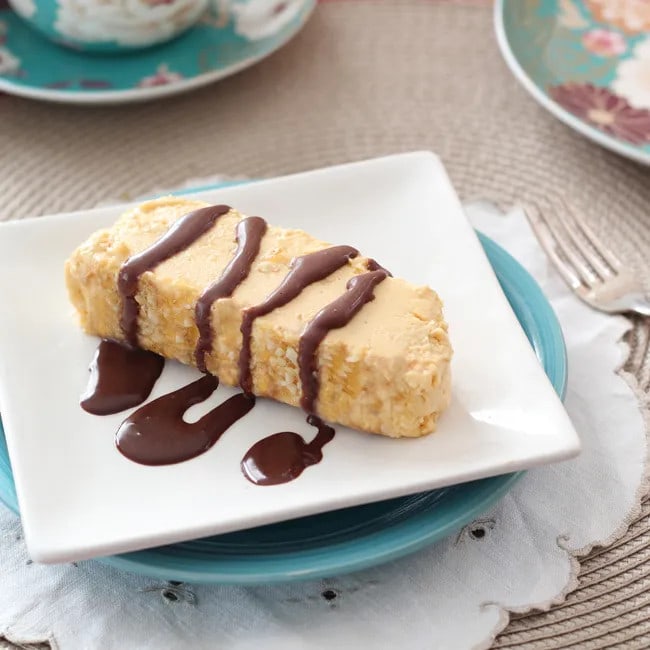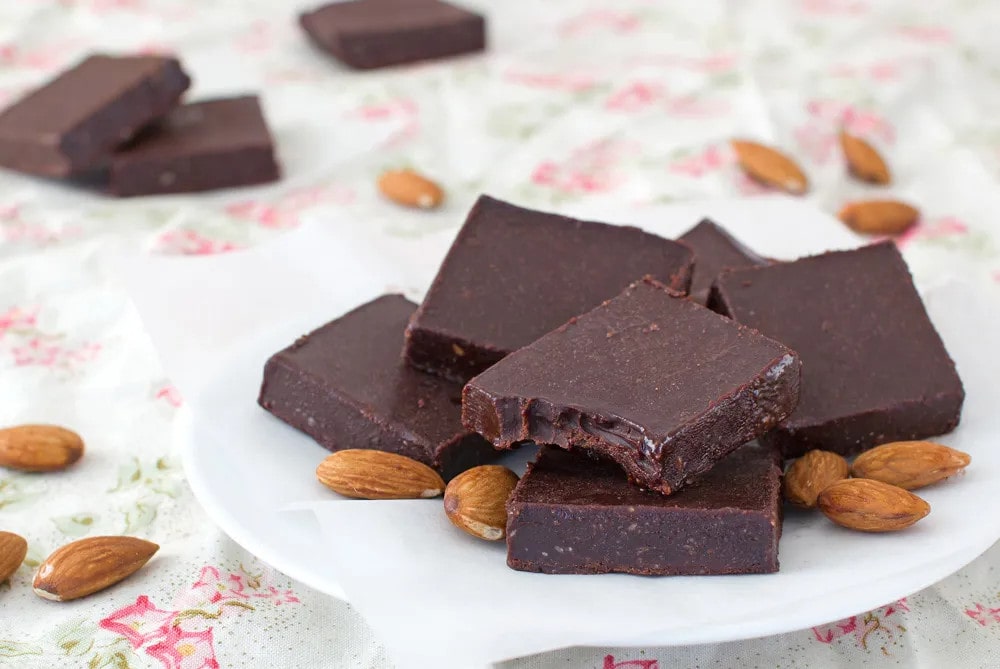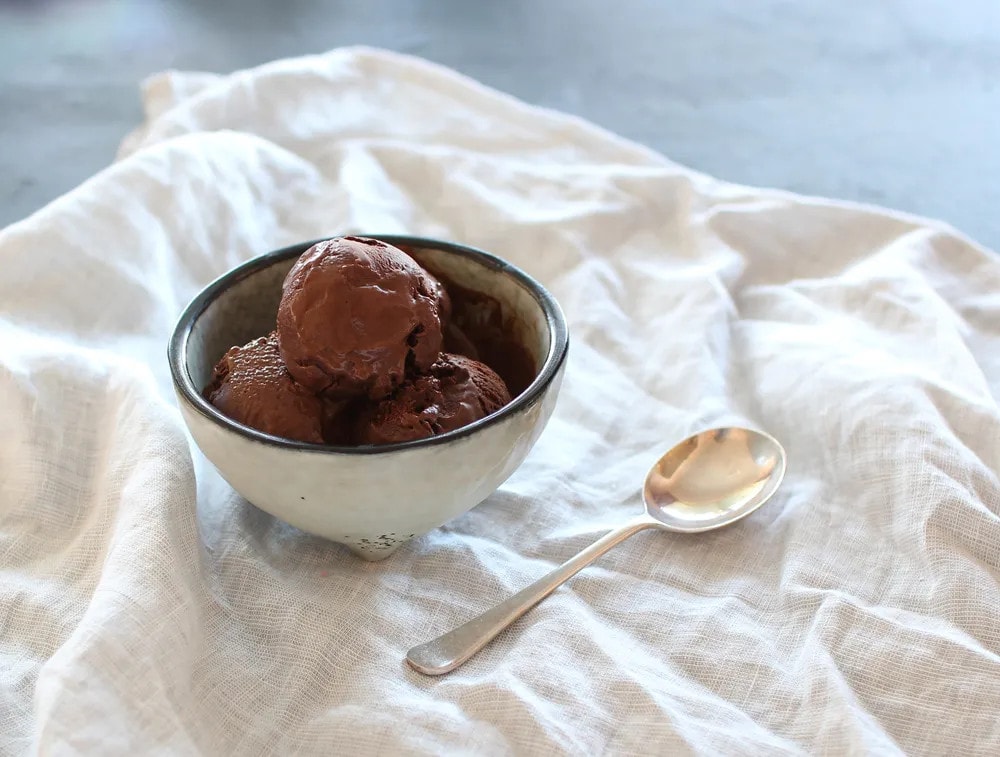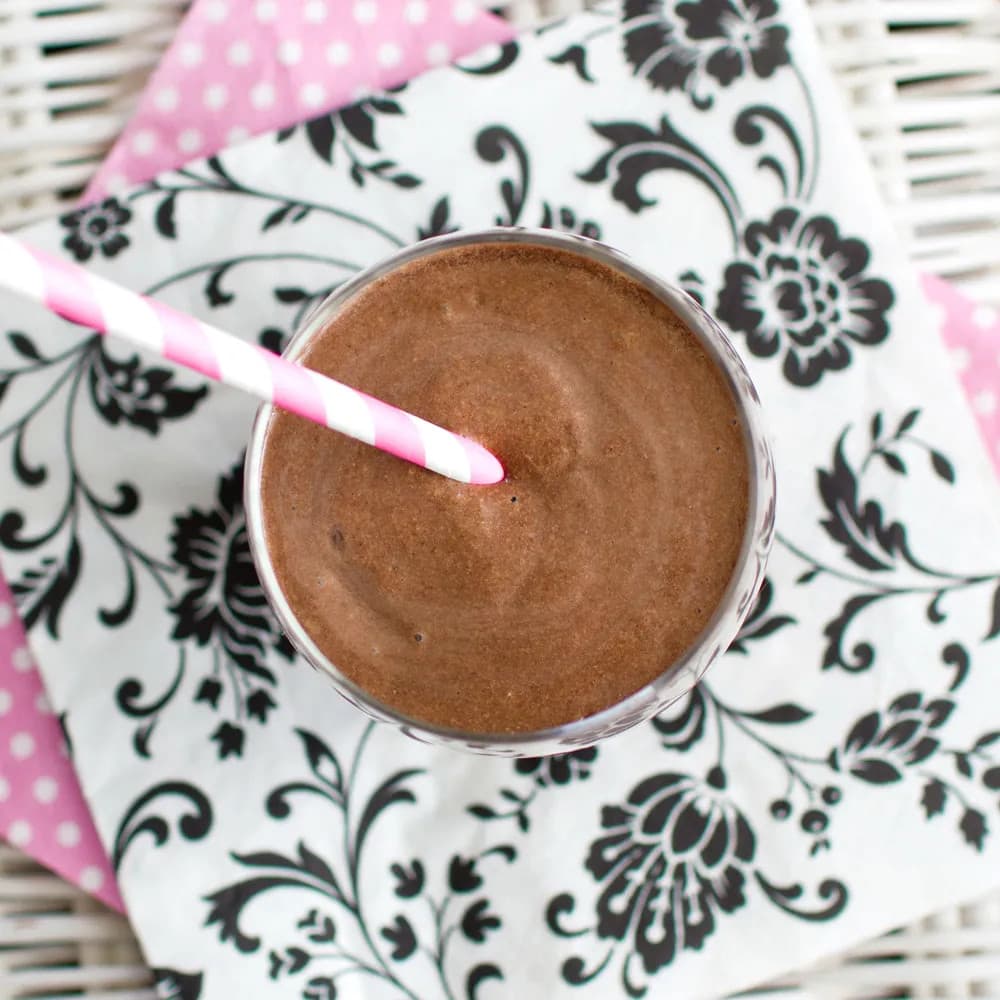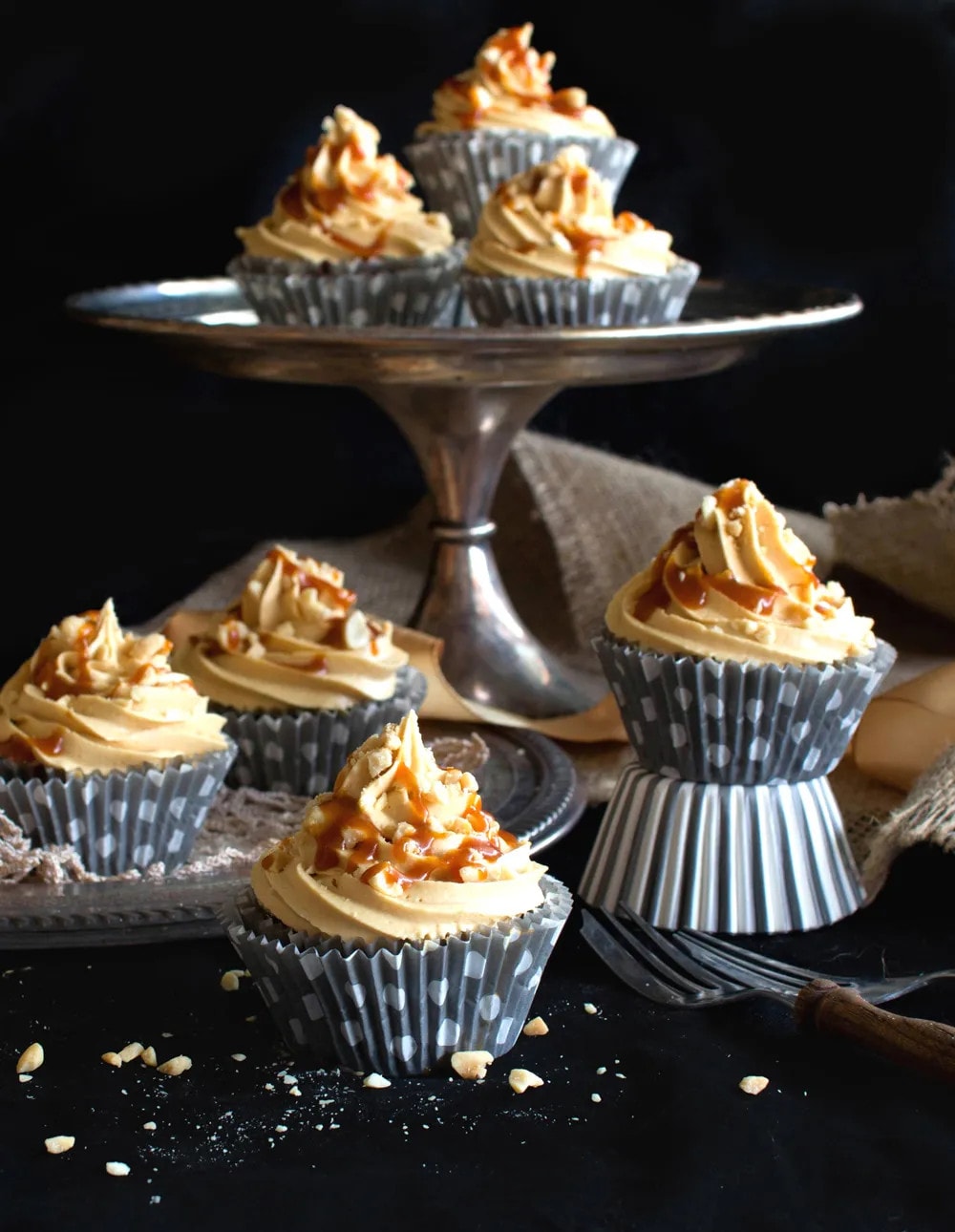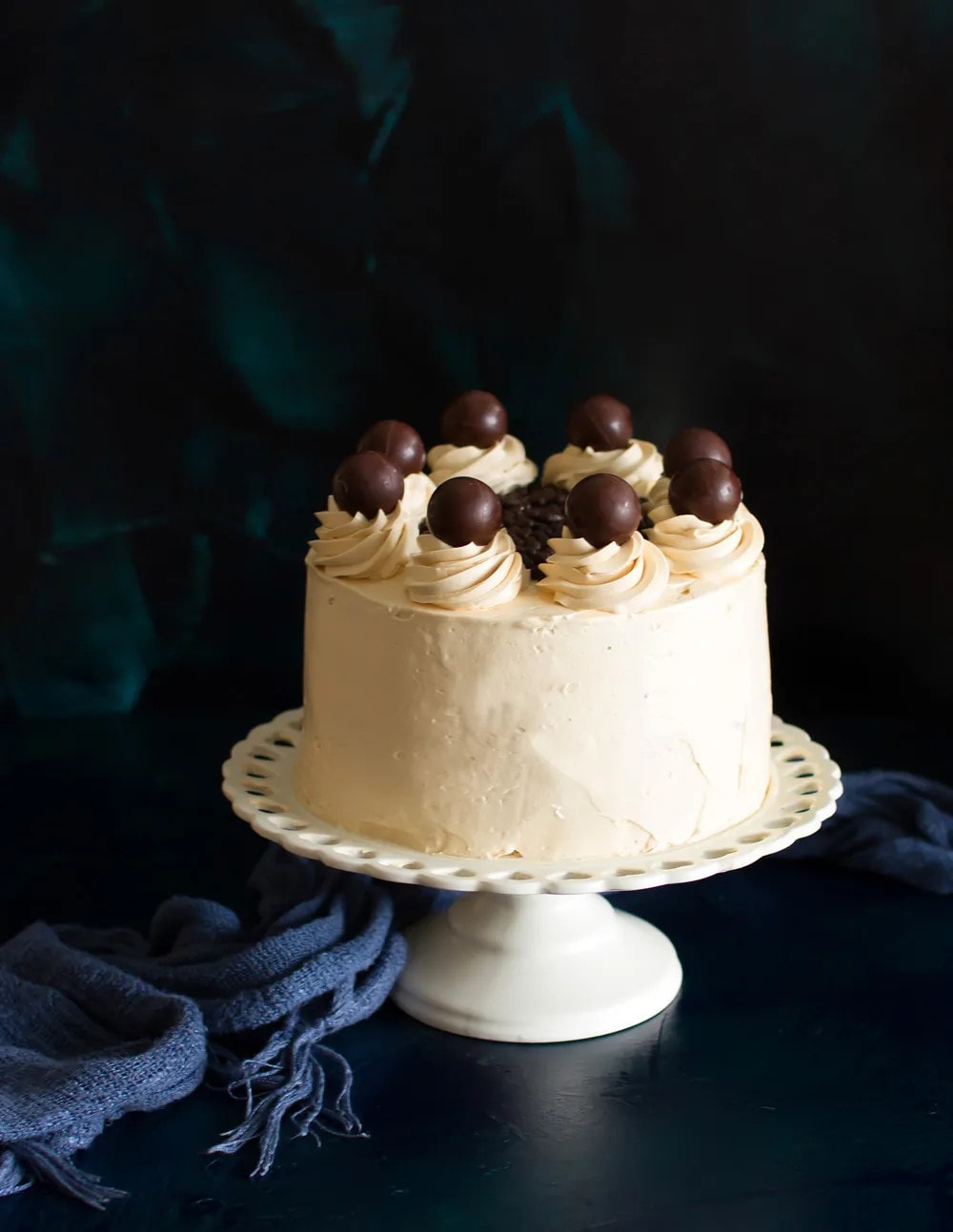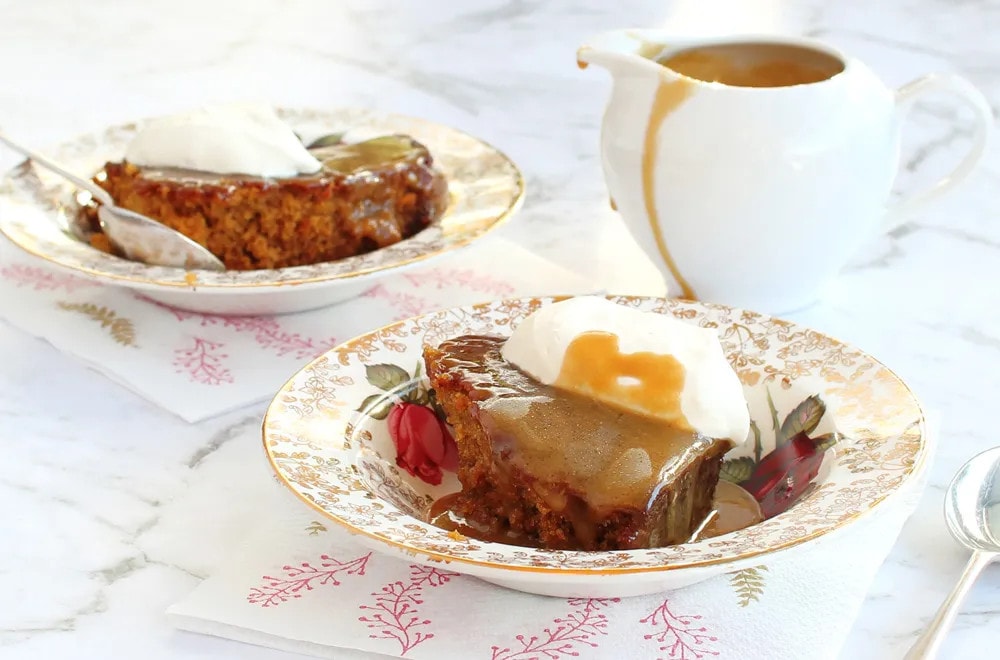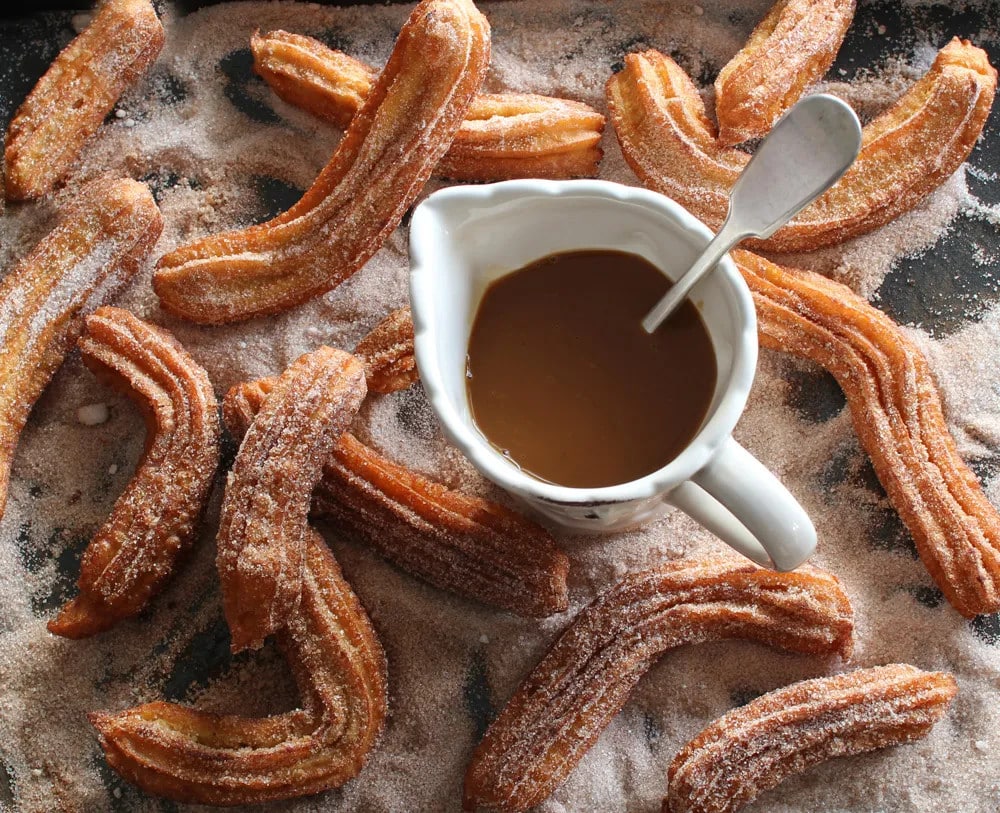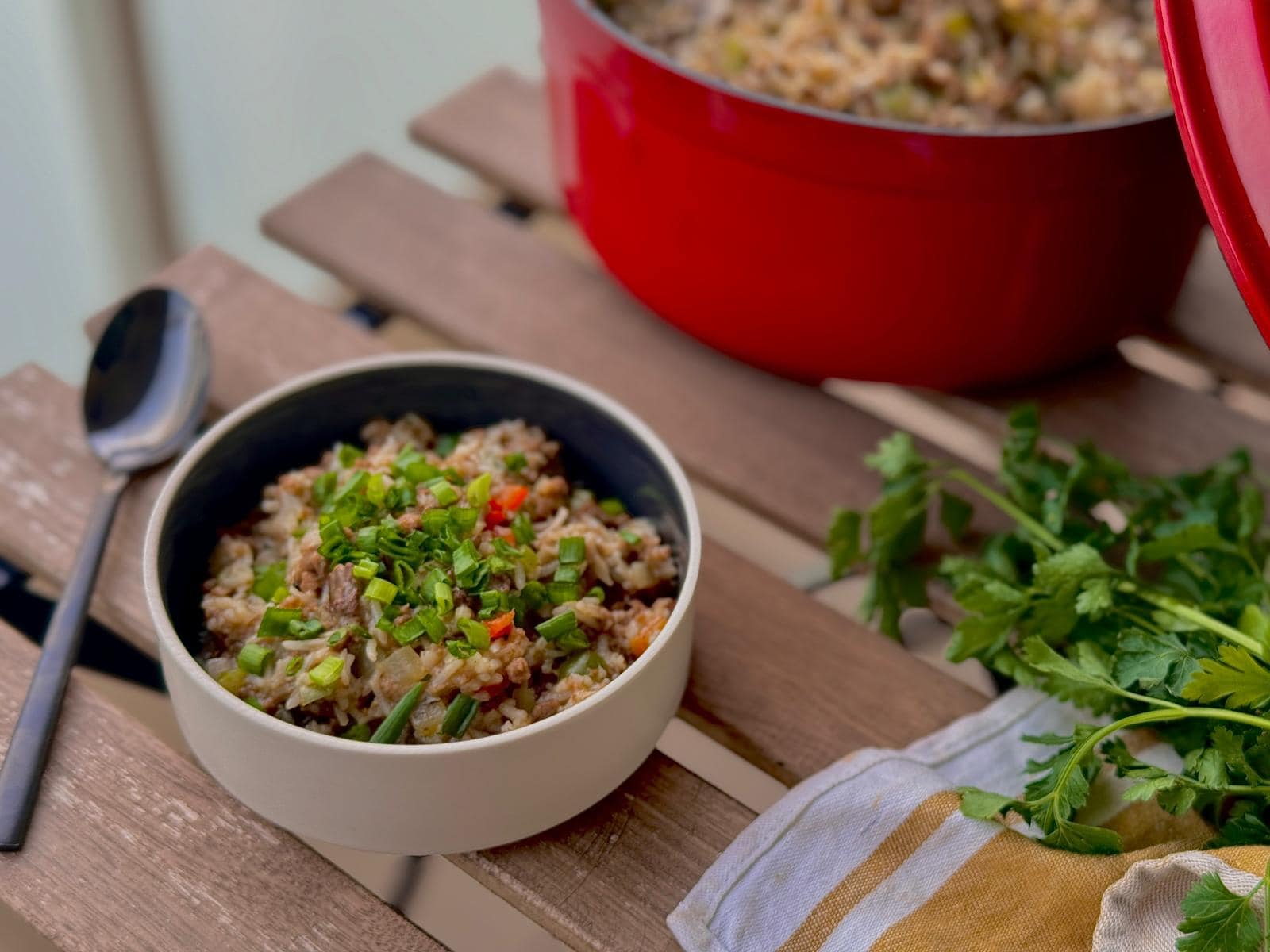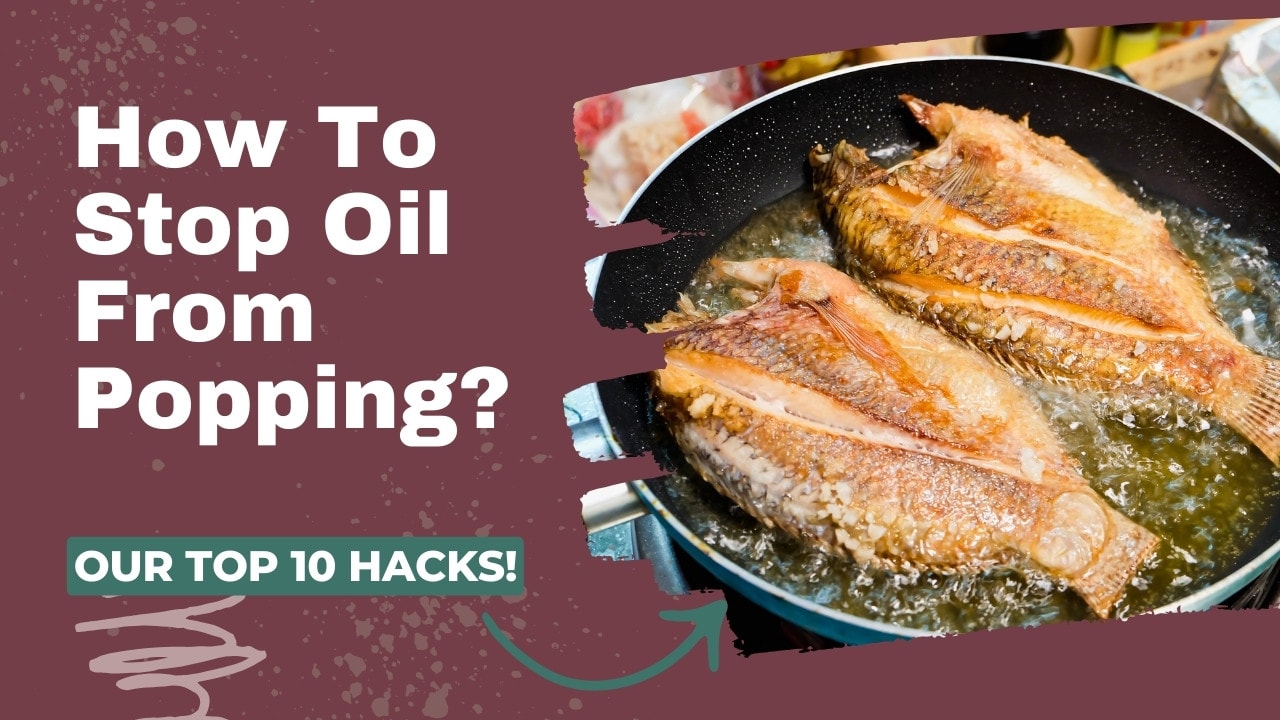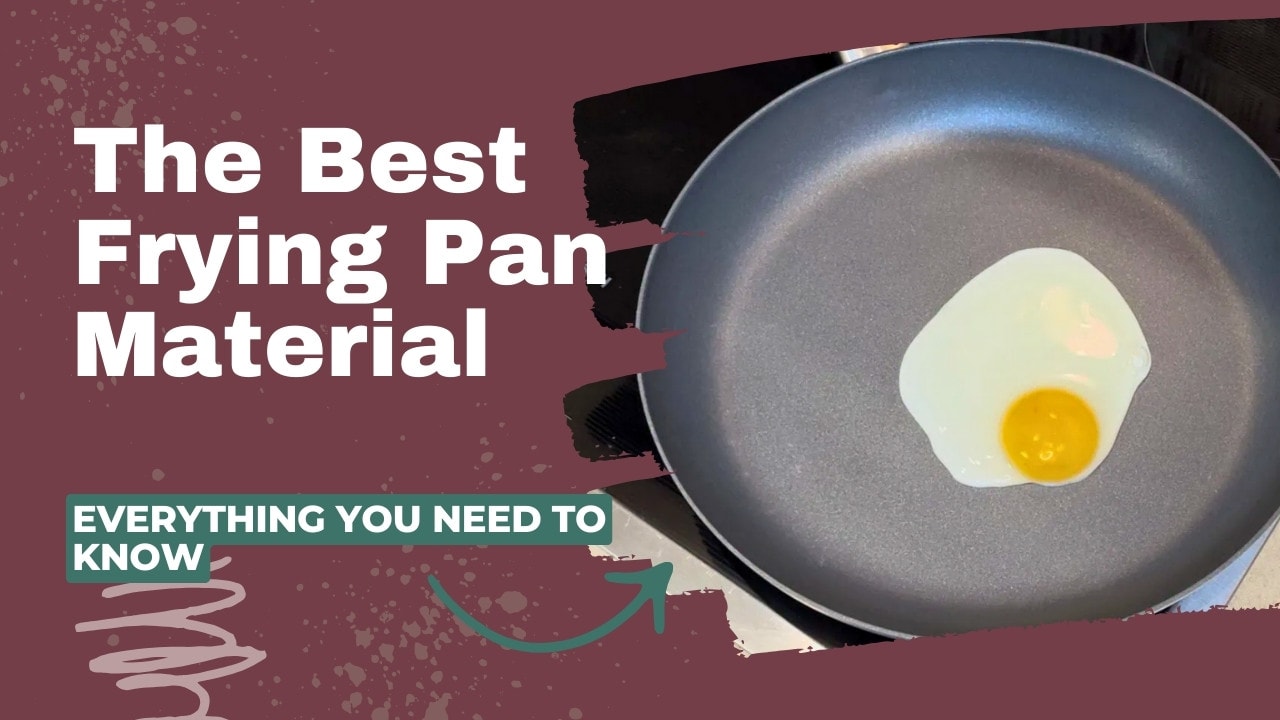The Skillful Cook
Discover mouth-watering recipes that will nourish your body and soothe your soul!
We Help You Improve Your Cooking Skills!
Welcome to The Skillful Cook, your go-to resource for delicious recipes and handy cooking advice! Join our team of home chefs, sparking culinary creativity and whipping up hearty dishes.
At The Skillful Cook, we’re all about uniting friends and families ones over mouthwatering, home-cooked meals. Browse our vast recipe database, soak up our pro tips, and join our community of skillful cooks!
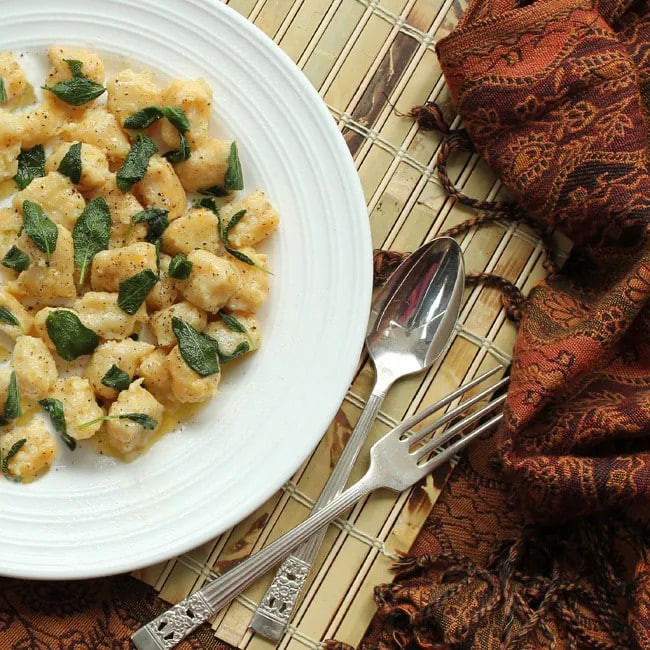
As featured in








Popular recipes
Improve Your Culinary Knowledge

2024 Caraway Nonstick Ceramic Pan vs. GreenLife Soft Grip Pan Review
Caraway is top-of-the-line ceramic cookware. GreenLife is a budget brand. Is there a significant difference in how they cook? Or how long they last? I tested both.
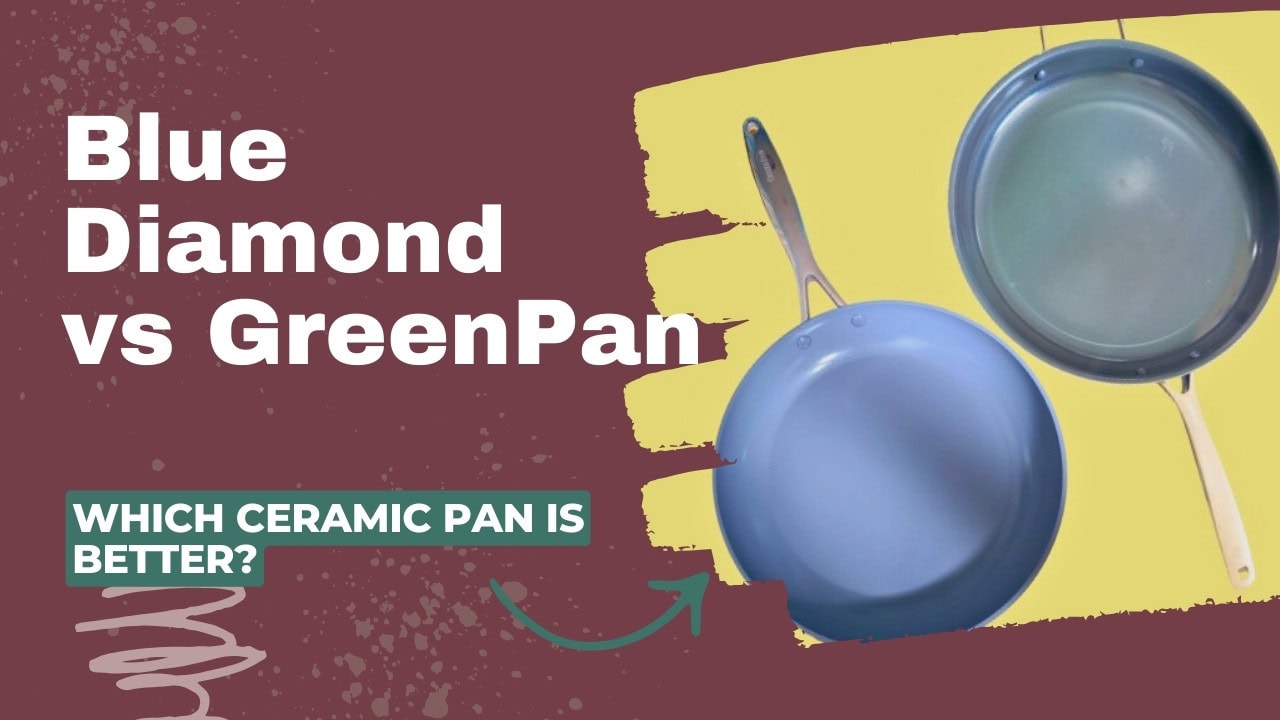
2024 GreenPan vs Blue Diamond Ceramic Pan Review
Both GreenPan and Blue Diamond cookware get large displays at my local homewares store. But there’s a secret: they might actually be the same pan.
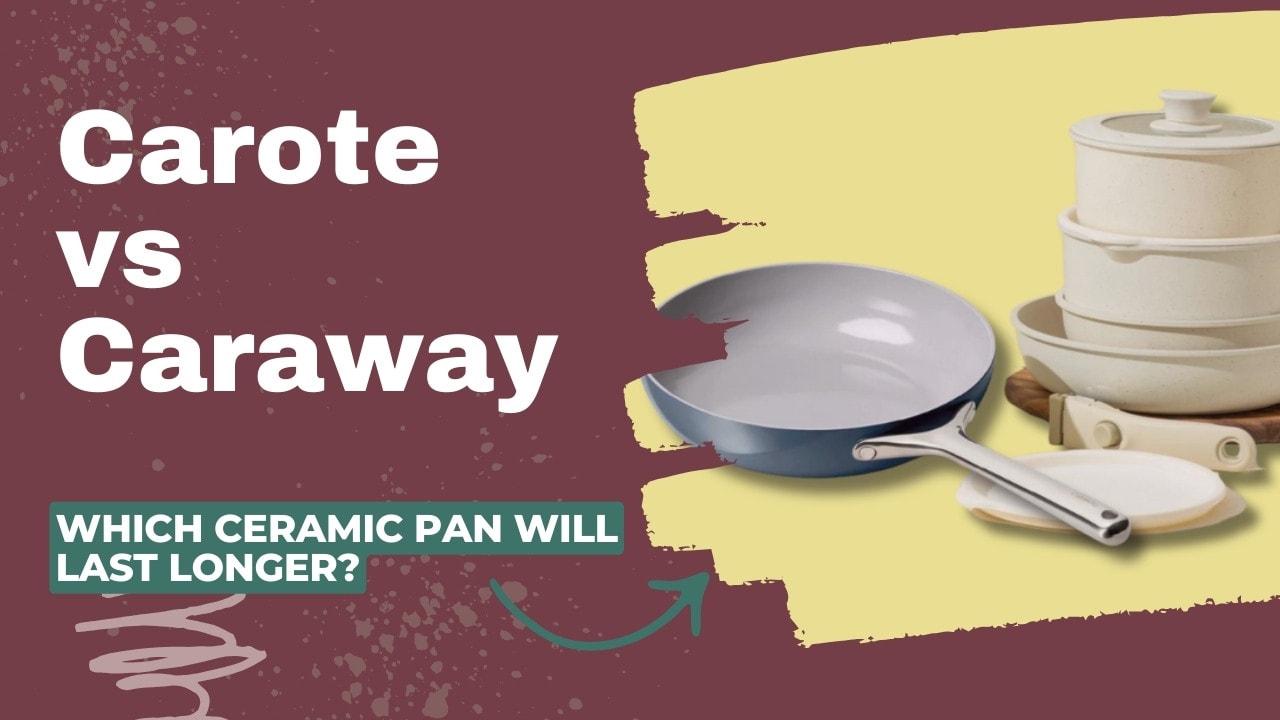
Carote vs Caraway: Which Ceramic Pan is Best for You?
Carote and Caraway are similar in name only! They are both ceramic-coated aluminum pans but have very different strengths and features. I tested both – here are my thoughts.
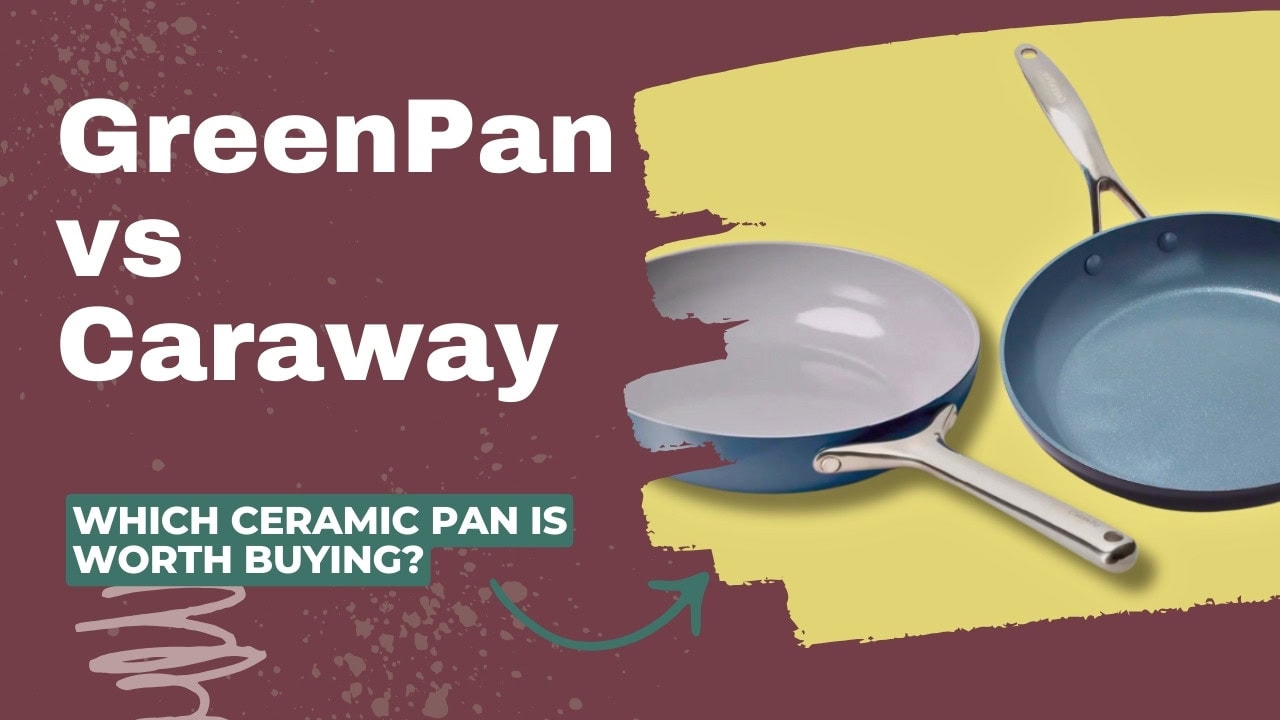
Caraway vs GreenPan: Which Ceramic Pan is Worth Buying?
Caraway and GreenPan Valencia are top contenders for the best ceramic-coated fry pan. They look and feel very similar. I tested both to see which one to keep in my kitchen.
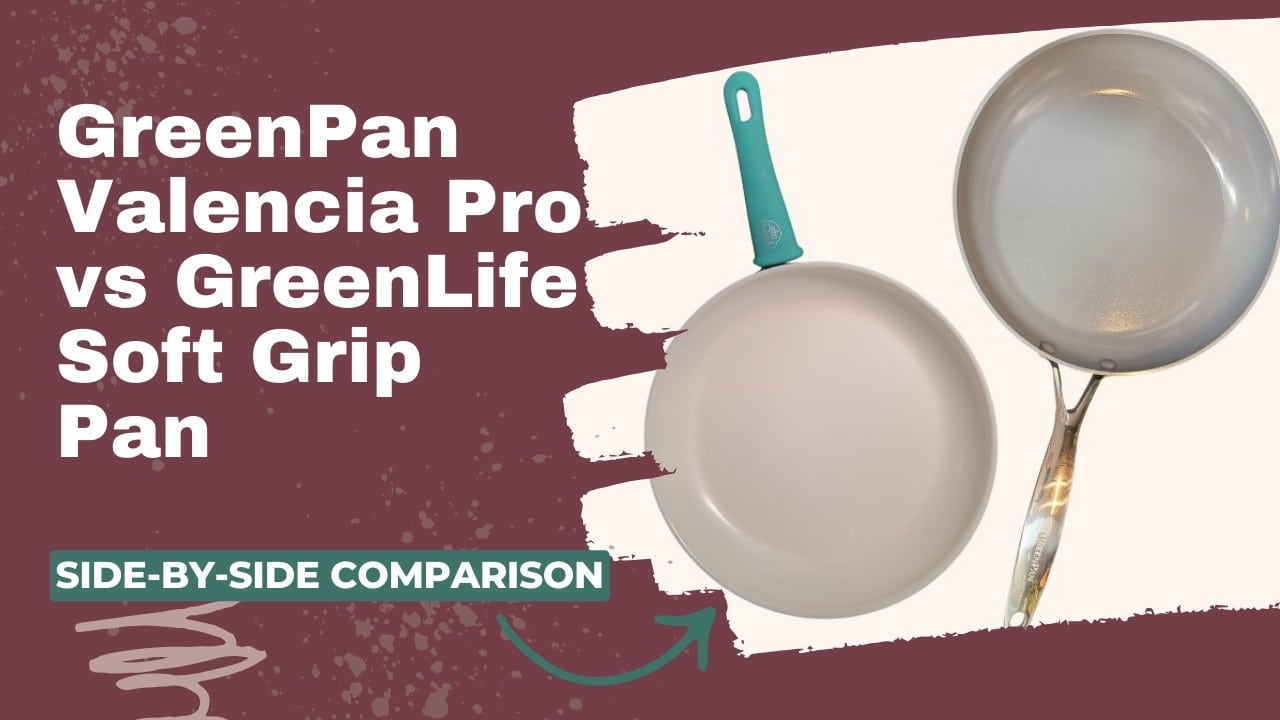
2024 GreenPan Valencia Pro vs. GreenLife Soft Grip Pan Review
GreenPan and GreenLife are ceramic pans made by the same company. But the brands cater to different markets. We tested both – Is the better pan worth the price?
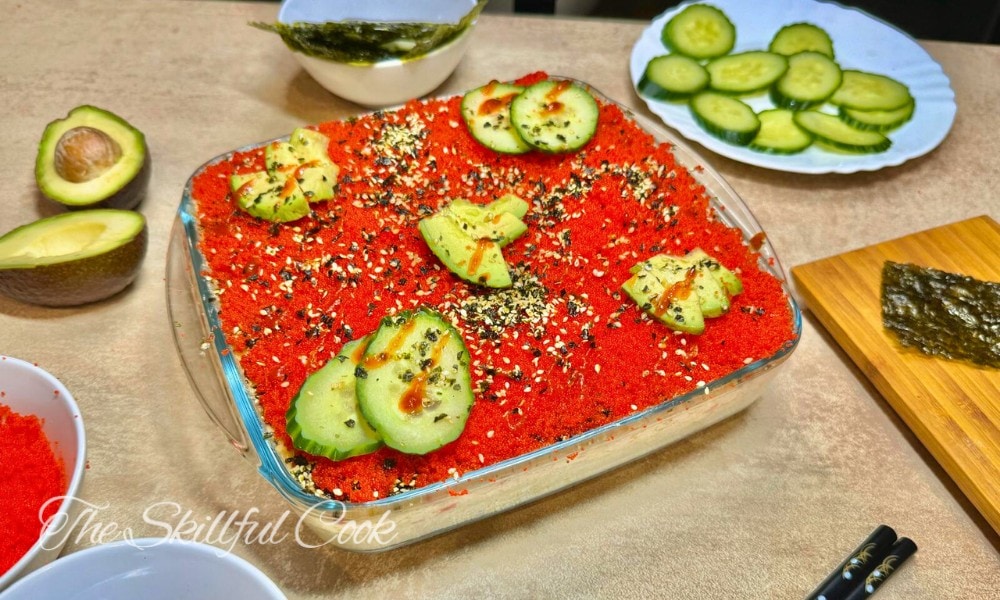
Super Easy Sushi Bake with Shrimp & Imitation Crab
This mouthwatering Sushi Bake recipe takes seafood, rice, and spicy mayo and bakes them into a flavorful casserole.

GreenLife Cookware Review: Should You Buy it in 2024? (Answered)
Tired of wasting money on nonstick pans that are nothing but a sticky, frustrating mess? We test the GreenLife Soft Grip 12” Frying Pan so you don’t have to!
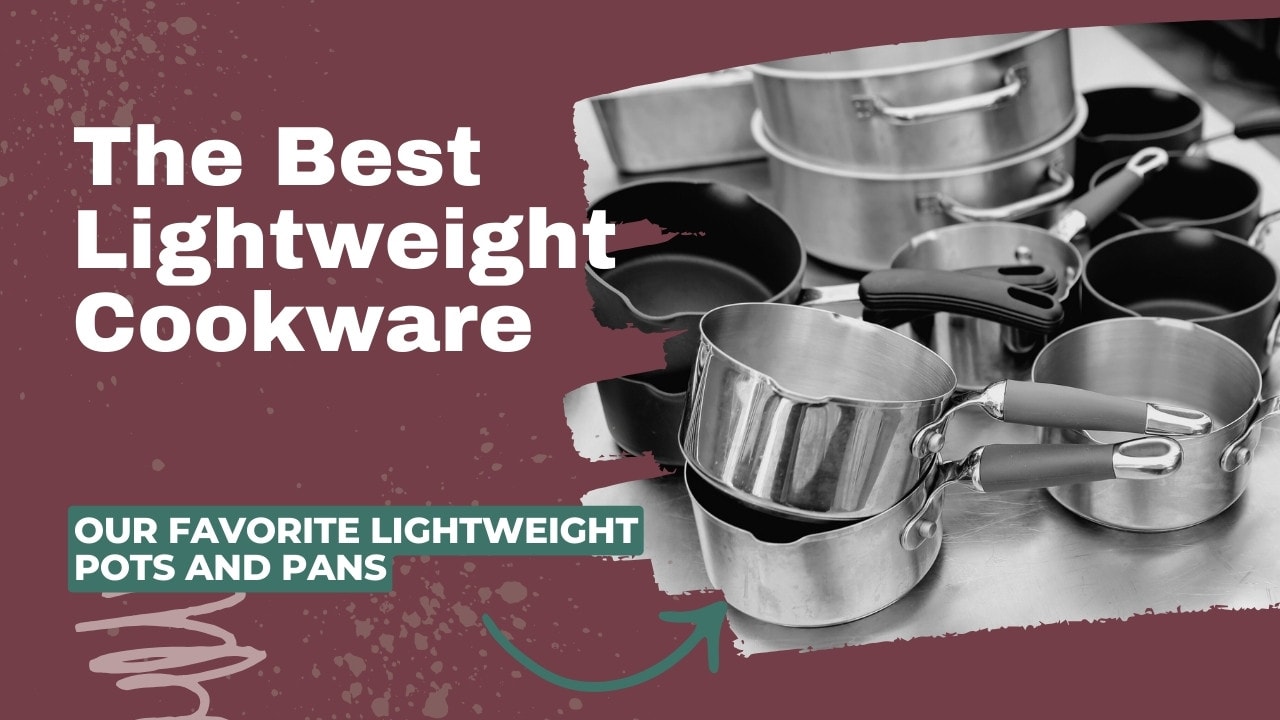
Best Lightweight Cookware- Our 2024 Top Picks!
We share the best lightweight cookware, whether you’re a senior, a camper, or just tired of struggling under the weight of a full pan. See the best lightweight cookware!
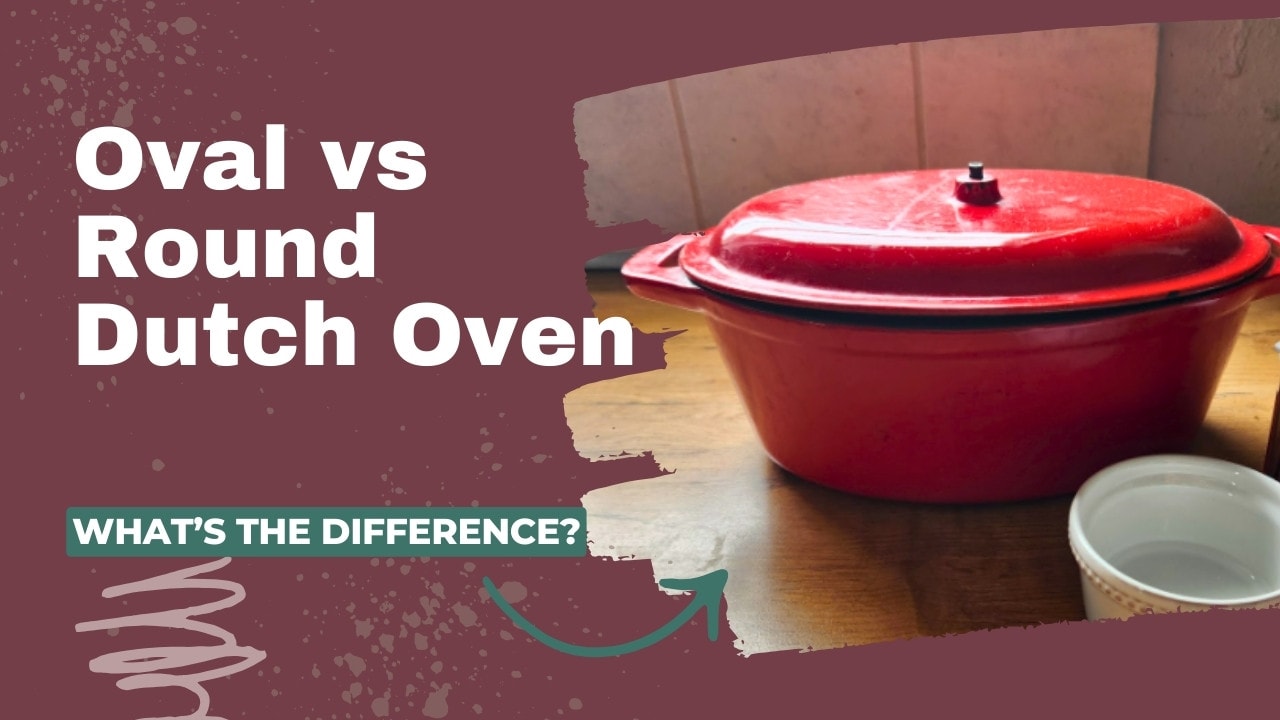
Oval vs Round Dutch Oven: Who’s the Best Contender For Your Kitchen
When deciding between an oval vs round Dutch oven, there are several things to consider. Our guide answers all your questions and helps you make the best choice for your home.
